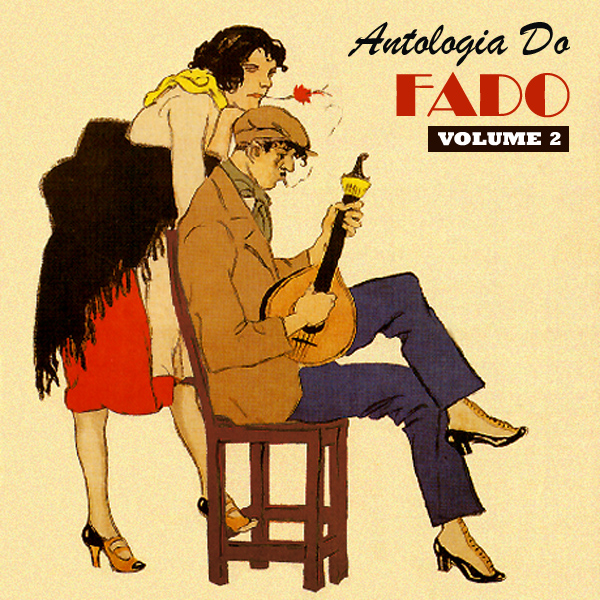Have you ever been to Portugal? It is the most beautiful place.
I was lucky enough to visit Portugal for five days a couple of years ago, and the experience has really stayed with me. I spent most of my time in Lisbon, with a couple of day trips to Sintra and Cais Cais.
Portugal isn't a big tourist destination, so even in summer I didn't see too many tourists around. I enjoyed just wandering up and down the cobble streets, exploring the old city of Alfama, taking in the colours, sounds, textures and smells. Portuguese people are friendly. The food is excellent. All in all, it is a great place to visit.
In the afternoons locals gather in squares or outside cafes, talking, watching, or eating cream pastries dusted with cinnamon. As night falls they gather in restaurants for roast chicken or barbecued fish, or are entertained by fado singers who sing mournful songs about longing for the homeland, beautiful Lisbon, or jaunty folk tunes that the audience joins in with.
Sintra is truly a fairy tale. As you walk down to the town from the train station, turrets and follies peep out from the thick green forest. The Palacio de Pena is the most sumptuous, embellished palace high up in the hills, surrounded by a park filled with statues, grottoes and luminous green trees and moss.
All in all I had a wonderful time in beautiful, enchanting Portugal. Obrigada, Portugal, e adeus!

.JPG)
.JPG)
.JPG)
.JPG)

.JPG)
.JPG)
.JPG)
.JPG)
.JPG)








